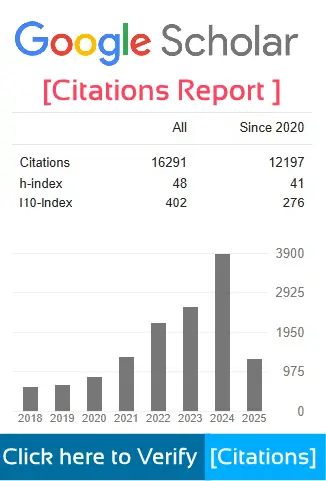- Download 39
- File Size 379.95 KB
- File Count 1
- Create Date 12/06/2024
- Last Updated 12/06/2024
FINDING MISSING PERSON USING MTCNN
Arpitha K Sujan K
Associate Professor 20CSE083
Computer Science & Engineering Computer Science & Engineering
BGS Institute of Technology BGS Institute of Technology
Adhichunchanagiri University Adhichunchanagiri University
ABSTRACT—This study presents the development of a system for locating missing persons utilizing the Azure Face API service. The system enables users to upload images of missing individuals, employing facial recognition technology to search for matches within a database of known persons. Leveraging advanced algorithms, the Azure Face API analyzes facial features including landmarks and expressions to identify potential matches. Additionally, the system allows users to submit tips and information related to missing person cases, enhancing collaboration between law enforcement agencies and the public. The primary objective is to create a reliable and efficient tool to aid in the search for missing persons while ensuring ethical and secure implementation. Through a comprehensive literature survey, this paper reviews existing methodologies and technologies in missing person detection, highlighting the potential of AI-based solutions. The proposed system integrates preprocessing techniques such as face detection, alignment, illumination normalization, and noise reduction to enhance the accuracy and efficiency of facial analysis. Various algorithms including Convolutional Neural Networks (CNNs), Principal Component Analysis (PCA), Local Binary Patterns (LBP), and Support Vector Machines (SVMs) are utilized for tasks such as face recognition, age, gender estimation, and emotion detection. Comparative analysis against other face finding algorithms showcases the strengths of the Azure Face API. The system's key features include face detection, verification, identification, emotion detection, age, and gender estimation, as well as facial landmark detection and head pose estimation. Experimental results demonstrate the system's effectiveness in accurately identifying missing persons across diverse image datasets. Moreover, the study outlines future prospects for integrating Azure Face API with surveillance cameras, drones, and social media platforms to further enhance missing person detection capabilities. In conclusion, the developed system offers a swift and reliable solution, replacing manual scanning processes with efficient face recognition technology, thereby expediting the process of locating missing persons.








